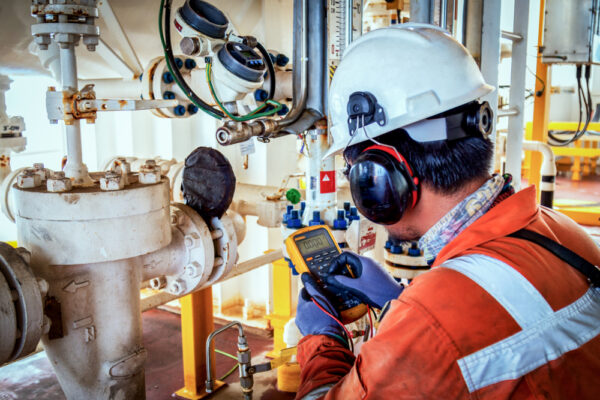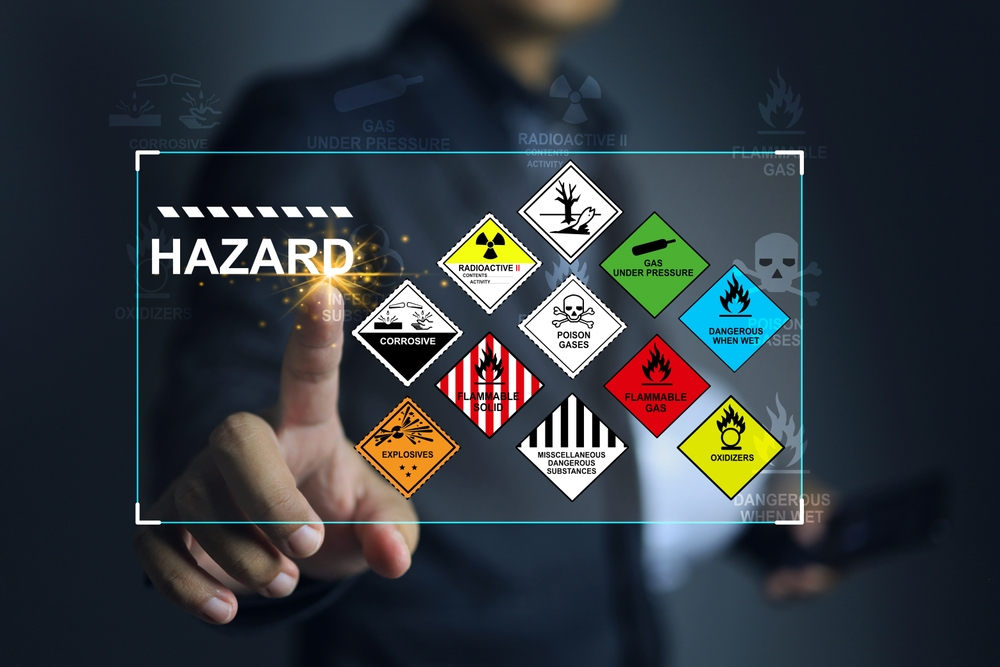A Biased View of Roar Solutions
A Biased View of Roar Solutions
Blog Article
Roar Solutions - An Overview
Table of ContentsThings about Roar SolutionsThe 6-Second Trick For Roar SolutionsSome Known Details About Roar Solutions
In order to protect setups from a possible surge a technique of analysing and categorizing a potentially dangerous location is called for. The purpose of this is to ensure the appropriate selection and installment of devices to eventually prevent an explosion and to ensure safety and security of life.
(https://dzone.com/users/5292804/roarsolutions.html)
No devices must be mounted where the surface area temperature of the equipment is higher than the ignition temperature level of the offered danger. Below are some usual dust dangerous and their minimum ignition temperature. Coal Dust 380C 225C Polythene 420C (melts) Methyl Cellulose 420C 320C Starch 460C 435C Flour 490C 340C Sugar 490C 460C Grain Dust 510C 300C Phenolic Resin 530C > 450C Aluminium 590C > 450C PVC 700C > 450C Soot 810C 570C The possibility of the danger existing in a concentration high sufficient to trigger an ignition will vary from location to location.
In order to identify this risk a setup is separated right into locations of danger relying on the amount of time the unsafe is existing. These areas are described as Zones. For gases and vapours and dirts and fibers there are three areas. Area 0 Area 20 A hazardous ambience is very most likely to be present and might exist for long durations of time (> 1000 hours per year) or perhaps continually Area 1 Zone 21 A hazardous ambience is possible but not likely to be present for lengthy durations of time (> 10 450 C [842 F] A classification of T6 means the minimal ignition temperature is > 85 C [185 F] Dangerous area electrical tools possibly created for use in greater ambient temperatures. This would certainly showed on the score plate e.g. EExe II C T3 Ta + 60C( This means at 60C ambient T3 will certainly not be exceeded) T1 T1, T2, T3, T4, T5, T6 T2 T2, T3, T4, T5, T6 T3 T3, T4, T5, T6 T4 T4, T5, T6 T5 T5, T6 T6 T6 A T Course ranking of T1 indicates the maximum surface area temperature level created by the instrument at 40 C is 450 C. Thinking the linked T Class and Temperature ranking for the tools are proper for the area, you can constantly utilize an instrument with an extra rigid Division score than required for the area. There isn't a clear solution to this question. It actually does depend upon the kind of equipment and what fixings require to be carried out. Devices with specific test procedures that can't be done in the field in order to achieve/maintain 3rd party score. Have to come back to the factory if it is before the equipment's service. Area Fixing By Authorised Employee: Complicated testing might not be required however certain procedures might require to be followed in order for the equipment to maintain its third celebration ranking. Authorized employees must be employed to carry out the work appropriately Repair work need to be a like for like substitute. New component should be taken into consideration as a direct replacement calling for no special screening of the tools after the repair is complete. Each item of equipment with a dangerous score need to be evaluated independently. These are described at a high level below, however, for more in-depth information, please refer straight to the standards.
The 45-Second Trick For Roar Solutions
The equipment register is an extensive data source of devices records that includes a minimum collection of fields to determine each item's place, technological parameters, Ex category, age, and ecological information. The proportion of In-depth to Shut examinations will be figured out by the Devices Danger, which is analyzed based on ignition threat (the possibility of a resource of ignition versus the probability of a combustible environment )and the dangerous location category
( Zone 0, 1, or 2). Implementing a robust Risk-Based Evaluation( RBI )strategy is critical for ensuring conformity and security in taking care of Electrical Devices in Hazardous Areas( EEHA).
All About Roar Solutions

In regards to eruptive danger, a harmful area is an atmosphere in which an explosive environment is existing (or may be anticipated to be existing) in quantities that require unique preventative measures for the building and construction, setup and use equipment. electrical refresher course. In this write-up we check out the challenges dealt with in the work environment, the risk control procedures, and the called for proficiencies to original site work securely
These compounds can, in certain problems, create explosive environments and these can have major and heartbreaking consequences. Most of us are familiar with the fire triangle eliminate any kind of one of the 3 elements and the fire can not occur, but what does this mean in the context of harmful areas?
In the majority of instances, we can do little concerning the levels of oxygen airborne, yet we can have substantial influence on sources of ignition, for instance electrical devices. Harmful locations are recorded on the unsafe location category drawing and are identified on-site by the triangular "EX LOVER" indicator. Below, among various other essential info, areas are split into 3 kinds relying on the threat, the chance and duration that an eruptive environment will exist; Zone 0 or 20 is deemed one of the most unsafe and Area 2 or 22 is considered the least.
Report this page